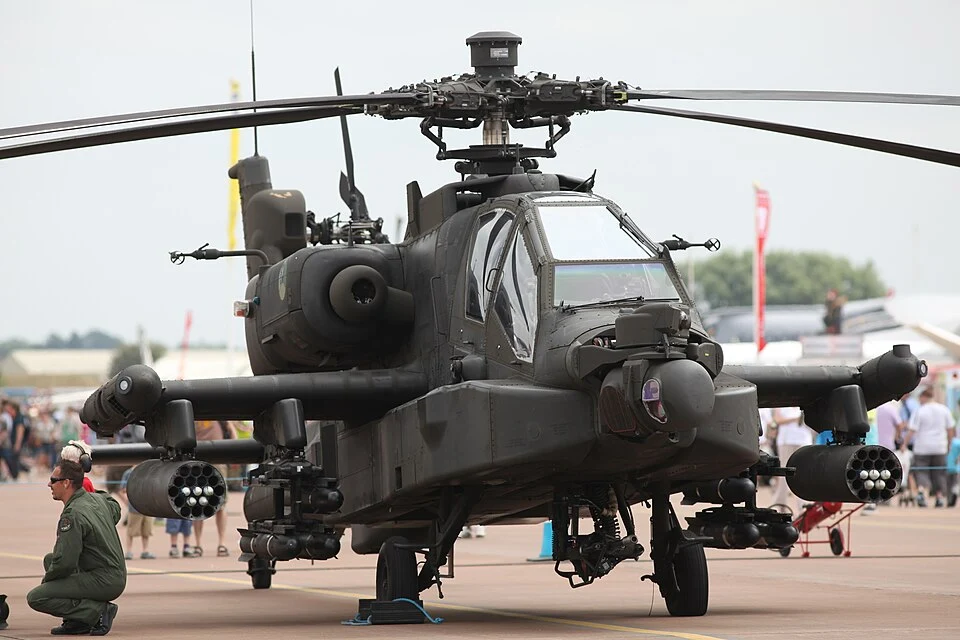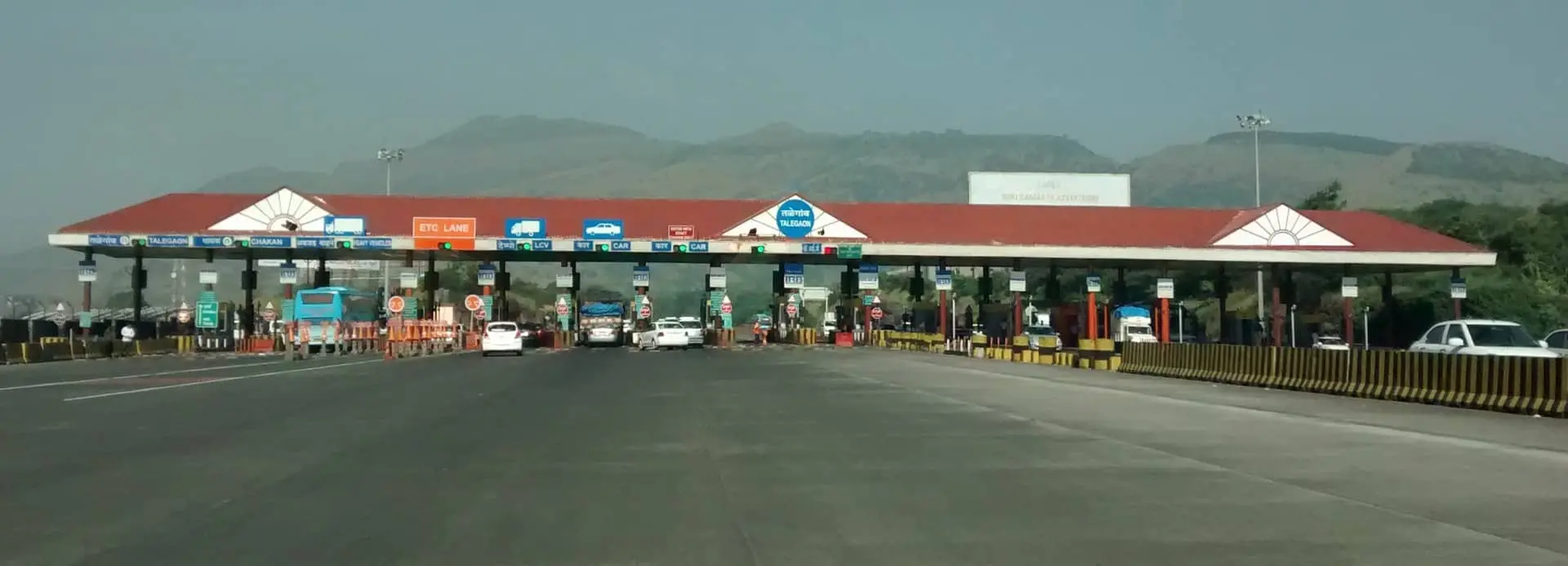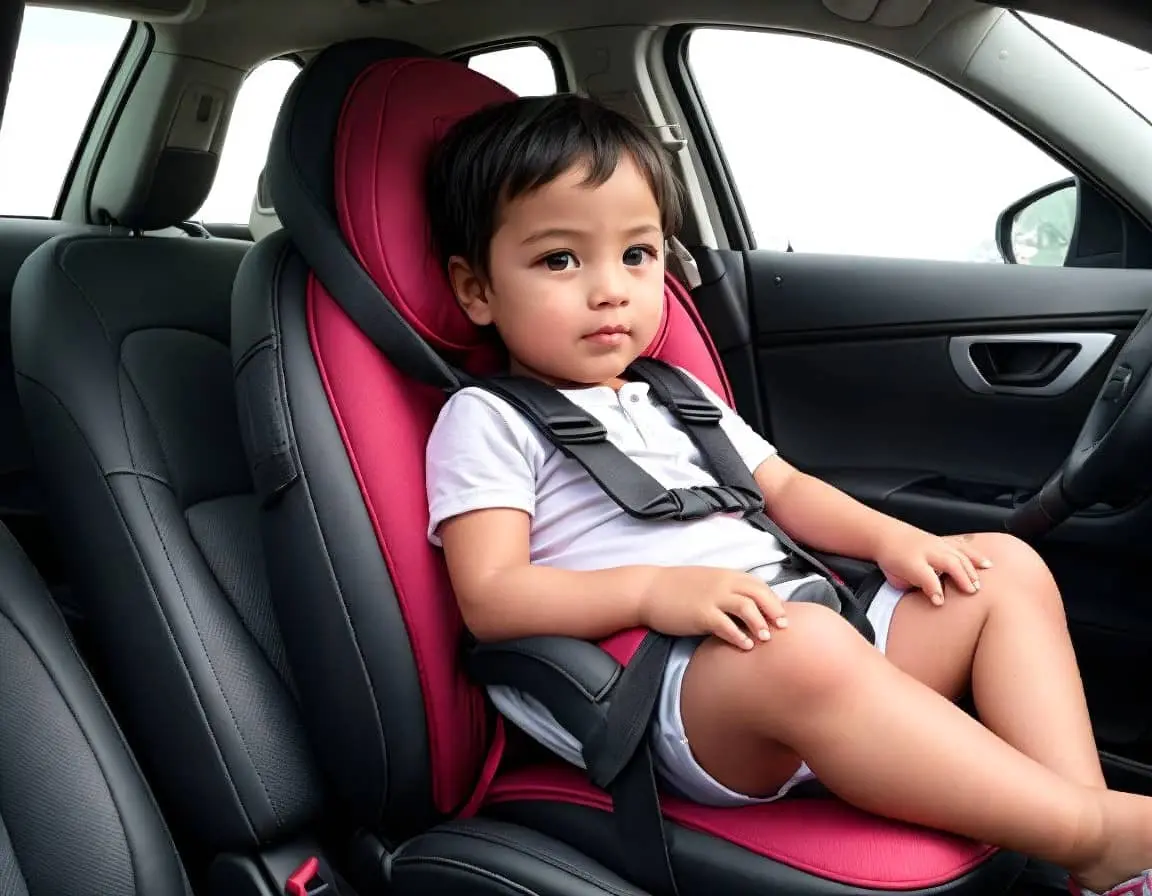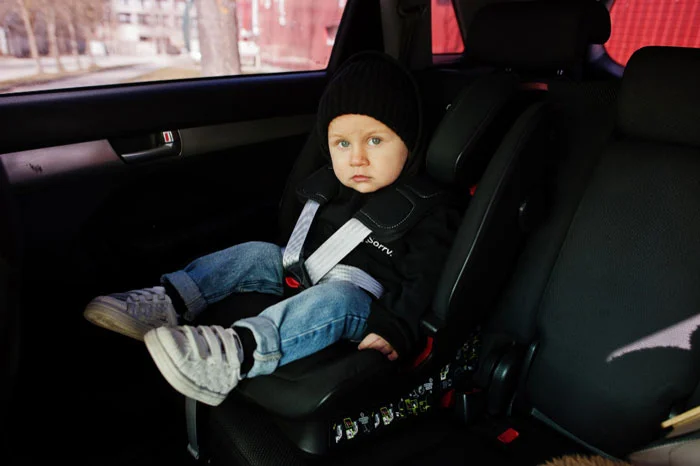Child Car Seat Rules in Norway: Ensuring Safety for Young Passengers

Norway is renowned for its stringent road safety regulations, particularly when it comes to protecting children in vehicles. The country’s commitment to child safety has resulted in an impressive record: in 2019, no children under the age of 10 died in traffic accidents, a testament to the effectiveness of its laws and public awareness campaigns. This article explores the detailed child car seat rules in Norway, providing a comprehensive guide for parents, guardians, and visitors to ensure compliance and safety when traveling with children.
Overview of Child Car Seat Regulations
In Norway, child car seat laws are designed to minimize the risk of injury in vehicle accidents by ensuring that children are secured in appropriate restraint systems based on their age, height, and weight. These regulations are enforced under the Norwegian Public Roads Administration (Statens vegvesen) and are mandatory for all drivers. The driver is responsible for ensuring that all passengers under 15 years of age are properly secured. Failure to comply can result in fines, but more importantly, it compromises the safety of young passengers.
The core principle of Norway’s child car seat laws is to use approved safety equipment that matches the child’s size and weight. All car seats must comply with European standards, specifically ECE R44/03, R44/04, or later versions, or R129 (i-Size). These standards ensure that the seats are rigorously tested for safety. Additionally, Norway strongly emphasizes rear-facing seats for young children, as they provide superior protection in collisions compared to forward-facing seats.
Discover More- Car Child Seat Rules in Malaysia: A Comprehensive Guide
Specific Requirements by Age, Height, and Weight
Children Under 15 Months
Norwegian law mandates that children under 15 months must be seated in a rear-facing car seat. This requirement is based on evidence that rear-facing seats distribute crash forces across the child’s back, reducing the risk of neck and spinal injuries. The Norwegian Public Roads Administration recommends that children remain in rear-facing seats until at least 4 years of age, as this significantly enhances safety.
Rear-facing seats are typically designed for infants weighing up to 9 kg (approximately 20 lbs) or 13 kg (approximately 29 lbs), depending on the model. These seats must be installed correctly, with a tight belt close to the child’s body, and should never be placed in the front passenger seat if an active airbag is present, as this poses a severe risk of injury. If the front seat is used, the airbag must be manually or automatically deactivated.
Children Under 135 cm (4 feet 5 inches)
Children under 135 cm in height (approximately 4 feet 5 inches) must use an approved child restraint system, such as a car seat or booster seat, appropriate for their height and weight. This rule applies regardless of age, though it typically affects children up to around 12 years old. The restraint system must be EU-approved and suitable for the child’s size. For example:
- Infants up to 9 kg: Require rear-facing infant seats.
- Children between 15 kg and 36 kg: Must use booster seats, which may include high-back boosters or backless booster cushions, depending on the child’s size.
If a child is between 135 cm and 150 cm, they should use a child seat if one is available in the vehicle. After reaching 36 kg (approximately 80 lbs) or 135 cm, children may use the vehicle’s adult seat belts, but only if no child restraint system is available.
Children Under 140 cm in the Front Seat
Children under 140 cm should not be seated in the front passenger seat if the airbag is active, as this can cause serious injury in a crash. If a child must sit in the front seat, the airbag must be deactivated. This rule is particularly important for rear-facing seats, which are prohibited in front of an active airbag.
Discover More- Child Seat Car Rules in Denmark: A Complete Guide for Parents and Travelers
Rear-Facing Seats: A Key to Norway’s Success
Norway’s emphasis on extended rear-facing car seats is a cornerstone of its child safety strategy. Unlike forward-facing seats, where the harness absorbs most of the crash force, rear-facing seats distribute the impact across the entire seat, protecting the child’s head, neck, and spine. Studies show that rear-facing seats reduce the risk of injury by up to five times compared to forward-facing seats in a frontal collision, which is the most common type of crash.
The recommendation to keep children rear-facing until at least 4 years old contrasts with practices in some countries, where children are turned forward-facing as early as 1 year or 20 lbs. Norway’s approach is supported by the American Academy of Pediatrics (AAP), which also advises keeping children rear-facing as long as possible, up to the car seat’s height or weight limit. This extended rear-facing policy has been a significant factor in Norway’s achievement of zero child traffic deaths in 2019.

Special Considerations for Taxis and Rental Cars
In Norway, taxis are exempt from mandatory child car seat requirements, but specific rules still apply. Children over 3 years old may sit in the back seat using an adult seat belt if no car seat is available. Children under 3 years may sit on an adult’s lap in the back seat without a restraint, though this is not recommended for safety reasons. Parents are encouraged to bring their own car seats or confirm with the taxi company in advance if a suitable seat can be provided.
For rental cars, child car seats are often available but may incur an additional cost. Not all rental companies guarantee the availability of rear-facing seats for infants or specific sizes, so it’s advisable to check with the provider when booking. Parents can also bring their own EU-approved car seats, which are typically allowed on flights at no extra cost.
Discover More- Child Seat Rules in Ireland: A Comprehensive Guide
Additional Safety Guidelines
- Correct Installation: Always follow the car seat manufacturer’s instructions for installation. Ensure the seat belt or ISOFIX system is tight and secure. Improper installation can reduce the seat’s effectiveness.
- Replace After Accidents: Any car seat involved in a collision should be replaced, even if it appears undamaged, as internal components may be compromised.
- Back Seat Preference: The back seat is the safest place for children. Avoid placing children near side airbags or leaning against doors with airbags.
- Approved Seats: Only use car seats with European (ECE R44/03, R44/04, or R129) or equivalent international standards (e.g., US FMVSS 213 or Canadian CMVSS 213/213.1). Check for certification labels before use.
Enforcement and Penalties
The driver is legally responsible for ensuring that children under 15 are properly secured. Fines for non-compliance range from €70 to €500, depending on the severity of the violation. Beyond fines, the greater consequence is the increased risk of injury or death in an accident. Norway’s strict enforcement, combined with public education campaigns, has fostered a culture of compliance, contributing to its outstanding child safety record.
Practical Tips for Travelers
For families visiting Norway, planning ahead is key to complying with child car seat laws:
- Bring Your Own Seat: If your car seat meets European standards, consider bringing it. Most airlines allow child seats as free checked baggage.
- Check with Rental Companies: Confirm the availability of appropriate car seats when booking a rental car. Specify the child’s age, height, and weight to ensure the correct seat is provided.
- Understand Taxi Rules: If using taxis, inquire about car seat availability or plan to use your own. Always prioritize the back seat for children.
- Verify Airbag Settings: If a child must sit in the front seat, ensure the airbag is deactivated. Check the vehicle’s manual for instructions.
- Stay Informed: Regulations can change, so consult official sources like the Norwegian Public Roads Administration (www.vegvesen.no) before traveling.
Why Norway’s Approach Works
Norway’s success in reducing child traffic fatalities to zero in 2019 is a result of its comprehensive approach: strict regulations, extended rear-facing recommendations, and robust public education. Lower speed limits (e.g., 50 km/h in urban areas, 80 km/h on rural roads) also contribute to safer driving conditions. By prioritizing child safety and enforcing compliance, Norway sets a global standard for protecting young passengers.
Conclusion
Navigating child car seat rules in Norway requires attention to detail, but the country’s clear guidelines and focus on safety make it manageable. By using approved rear-facing seats for young children, ensuring proper installation, and adhering to height and weight requirements, parents and drivers can keep children safe on Norwegian roads. Whether you’re a resident or a visitor, understanding and following these rules is essential for a safe and worry-free journey.








